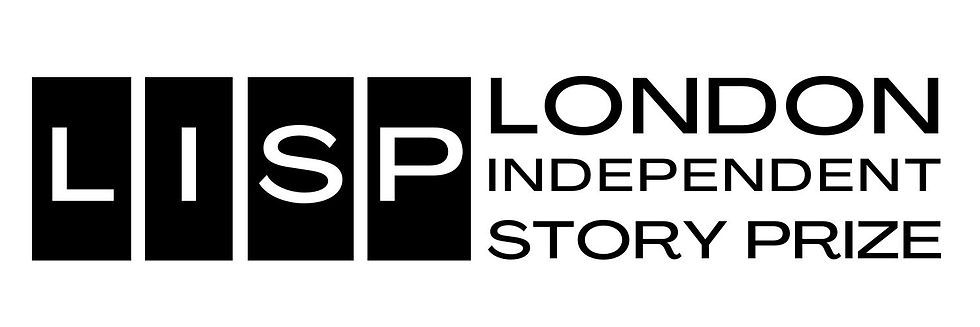How Long Is A Story?
- LISP Team
- Mar 8, 2020
- 2 min read
'How Long Is A Story?' by Emily Zinkin

The question of what is a story has raged since humans began telling them – from pictograms on a cave wall to the novel. We try and compartmentalise stories into boxes from genres to modes; is it a short story? A novella? A poem? Whilst at some point we have to give up trying to draw tight rings around our stories, the truth is story length does affect how we can tell our stories.
Much like how a TV show will always have more chance at character development than a film, so too do different story lengths change the story. A novel can keep building, take us on a hero’s journey and back again, twist and turn and take us full circle.
But that does not mean that short stories or flash fiction are in any way lesser; they are a different craft altogether. In flash fiction, we zoom straight in on a moment, literally a flash in time and character. The ability to capture something powerful in just 100 words is something special, and can often be particularly haunting or leave us with a lingering sensation. It has to answer enough questions to tell just enough of a story, whilst leaving us as readers wanting more.
A short story meanwhile gives the writer time to linger with the characters, to show us part of them and their story, whilst capturing the story it’s trying to tell in its short word count. Hills Like White Elephants by Ernest Hemingway begins by zooming closer and closer, from the surrounding countryside to the railroad, and finally, the table containing its two protagonists. It stays with us by fleshing these two people out without giving us many details on them, and by showing rather than telling us who they are and what crossroads they’re at they stay with us.
Whatever length story you are writing, it’s a valuable craft, and a no doubt important story to tell. With short stories rising in popularity again and flash fiction entering a more mainstream space, and the novel in no way losing popularity, the story in all its forms is here to stay.
Emily Zinkin
%20(8).png)
%20(2)_j.jpg)
%20(2).png)




EPTU Machine ETPU Moulding…
EPTU Machine ETPU Moulding…
EPTU Machine ETPU Moulding…
EPTU Machine ETPU Moulding…
EPTU Machine ETPU Moulding…
EPS Machine EPS Block…
EPS Machine EPS Block…
EPS Machine EPS Block…
AEON MINING AEON MINING
AEON MINING AEON MINING
KSD Miner KSD Miner
KSD Miner KSD Miner
BCH Miner BCH Miner
BCH Miner BCH Miner
EPTU Machine ETPU Moulding…
EPTU Machine ETPU Moulding…
EPTU Machine ETPU Moulding…
EPTU Machine ETPU Moulding…
EPTU Machine ETPU Moulding…
EPS Machine EPS Block…
EPS Machine EPS Block…
EPS Machine EPS Block…
AEON MINING AEON MINING
AEON MINING AEON MINING
KSD Miner KSD Miner
KSD Miner KSD Miner
BCH Miner BCH Miner
BCH Miner BCH Miner